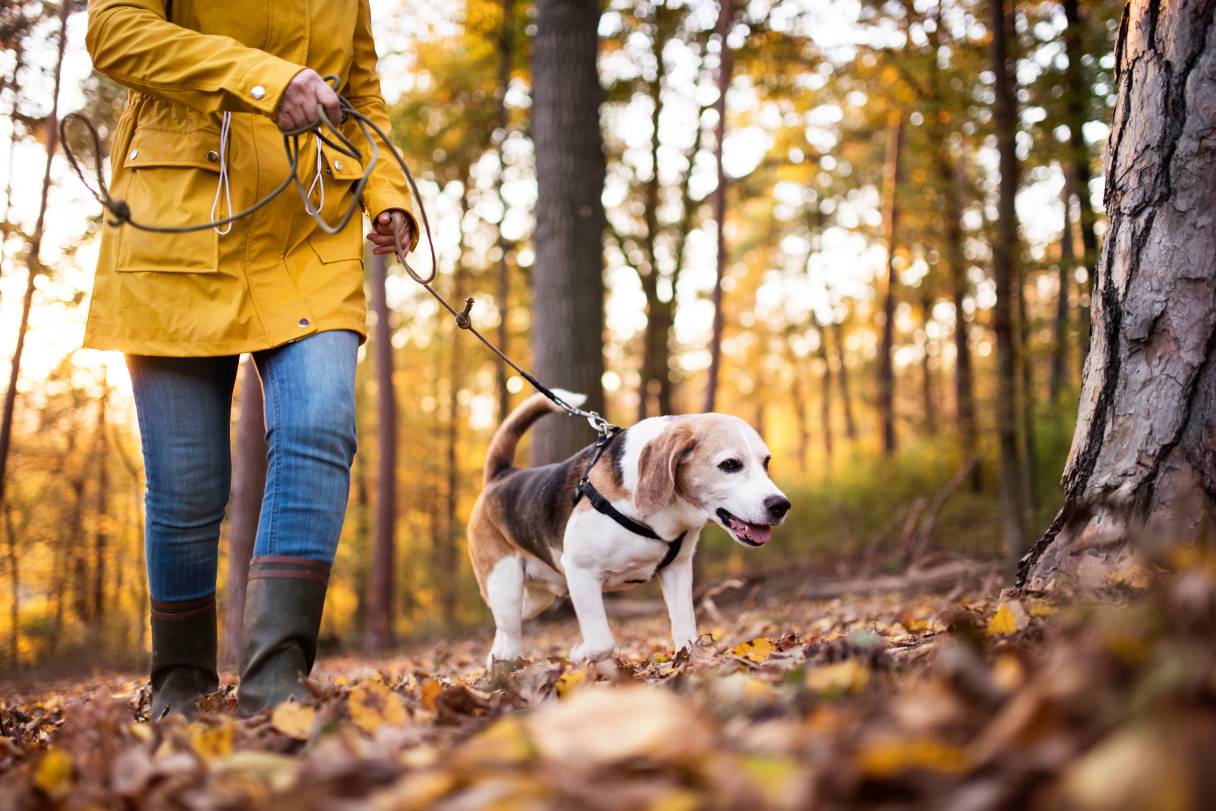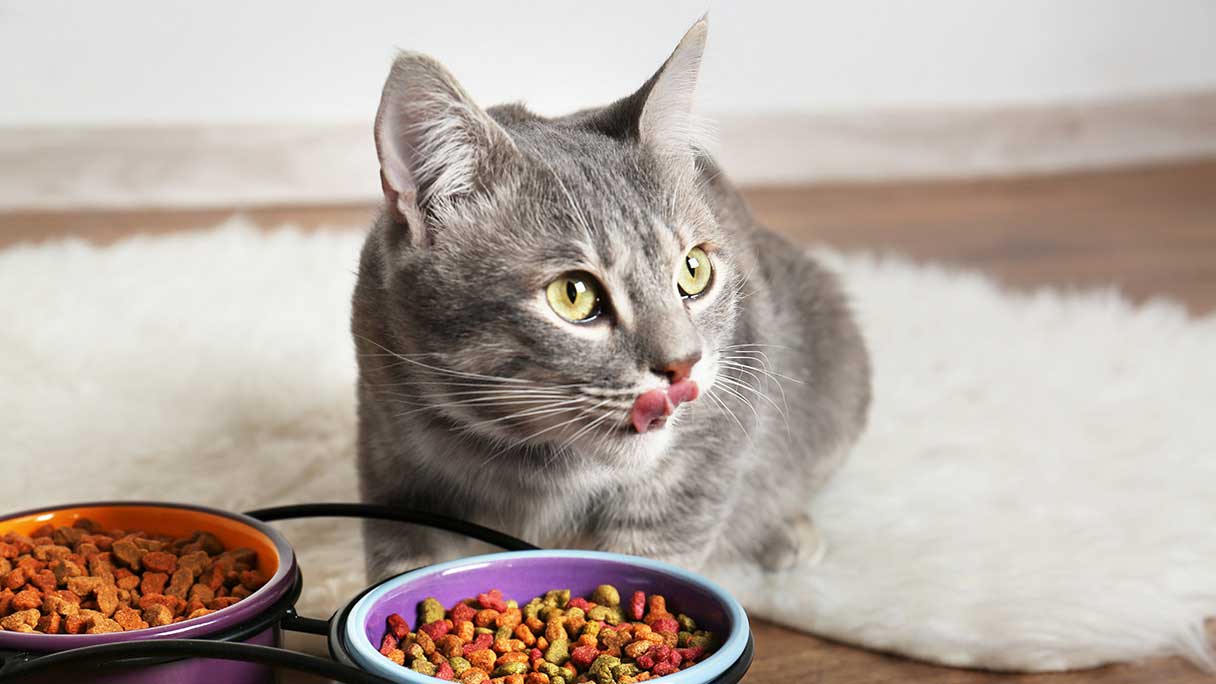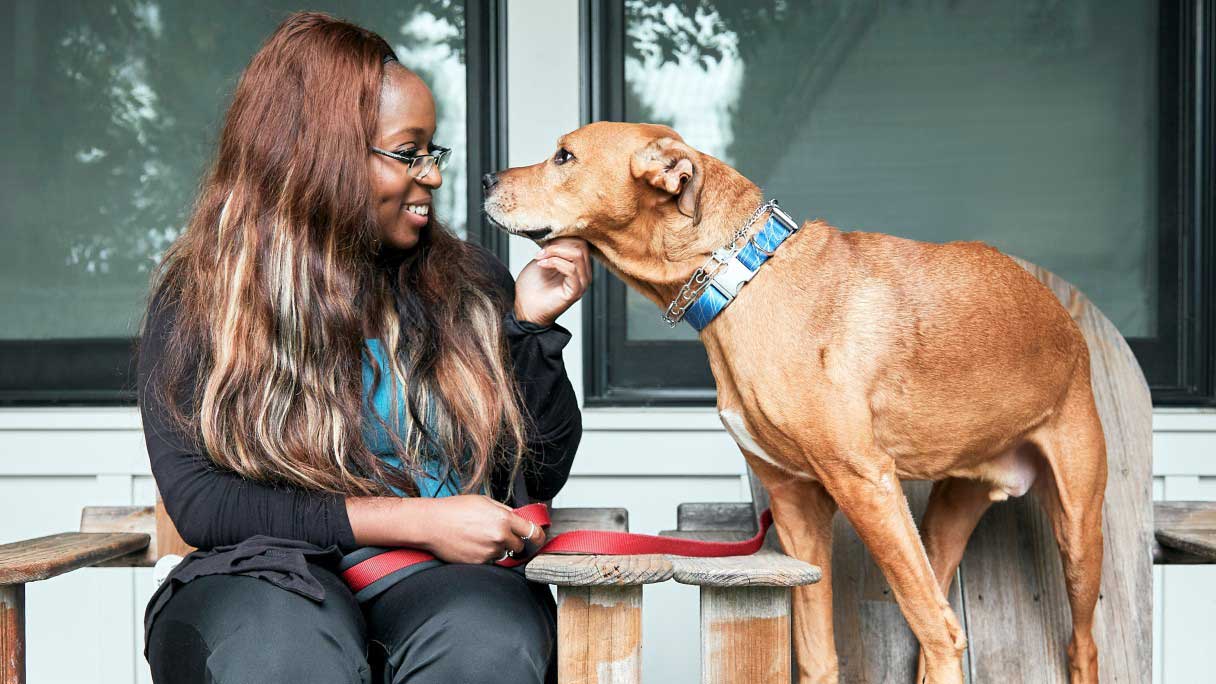
If you're a pet parent to a large-breed dog, you may have already talked with your vet about a life-threatening condition called bloat — or, Gastric Dilatation and Volvulus (GDV). In reality, all dog breeds are susceptible to this condition and dog parents should be familiar with the signs of GDV and what to do.
What Is Bloat (GDV) in Dogs?1
Bloat is a serious condition in which a dog's stomach fills with gas, food or liquid and the abdomen becomes painfully dilated. This stage is called “simple bloat." The rapidly expanding pressure of the bloat may lead to volvulus, in which the distended stomach twists or flips over on itself, blocking the entrance and exit to the stomach. The rotated stomach obstructs blood flow, causing organ and tissue damage with potential for the spleen, stomach or diaphragm to rupture, leading to life-threatening shock.
Bloat often develops without warning, progresses quickly, and should always be treated as a medical emergency. Seek veterinary attention immediately as every minute counts. If a bloated dog is recognized or diagnosed in the early stages and the stomach has not flipped, it may be treatable with medication, intravenous fluids or other treatments.
Emergency surgery to de-rotate the stomach may be required in cases that have progressed to volvulus. Left untreated, GDV is fatal, usually within hours.2
What Are the Signs of Bloat in a Dog?
If your dog is displaying signs of bloat/GDV, it's not the time to take a conservative or “wait and see" approach. Trust your instincts if you feel something isn't right with your pet.
Symptoms of bloat in dogs may include:3
- Unproductive vomiting (dry heaving)
- Abdominal pain or distension, belly may feel hard
- Restlessness, pacing, stretching, an inability to get comfortable
- Excessive panting or drooling
- Anxiously looking back at or chewing at their belly
- Racing heartbeat
- Collapse
What Causes Bloat in Dogs?
The exact cause of GDV is not known, but certain risk factors are thought to contribute to the occurrence of bloat, including:4
- Eating very quickly or overeating
- Eating from raised food bowls
- Drinking too much water too quickly
- Exercising soon after eating
- Genetic predisposition or family history of bloat
- Being over or underweight
- Dry food with fat or oil listed as one of the first four ingredients
- Advanced age
- Stress or anxiety (anxious dogs in stressed environments seem more prone to bloat)
All breeds are susceptible to bloat/GDV at any age, but the condition is most commonly seen in middle-aged or geriatric large breed dogs with deep chests. Males are more often affected than females.

Dog breeds which may be more susceptible to bloat include (but are not limited to):4
- Great Danes
- Boxers
- German Shepherds
- Akitas
- Irish Setters
- Labrador Retrievers
- Mastiffs
- Newfoundlands
- Weimaraners
- St. Bernards
- Standard Poodles
Among small and medium size breeds, the following have the highest risk for GDV:4
- Dachshunds
- Basset Hounds
- Chinese Shar-Peis
Diagnosis and Treatment Timeline for Bloat in Dogs
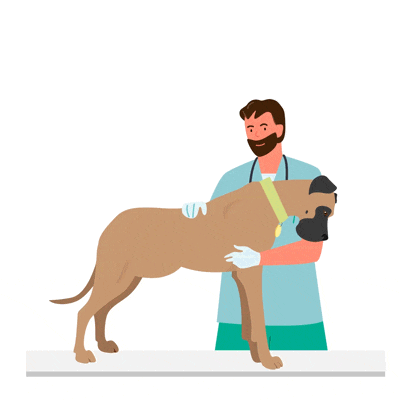
A diagnosis of simple bloat or GDV may be confirmed with x-rays and other blood tests. Treatment may include stabilizing the dog with intravenous fluids and electrolytes, administering pain medications and antibiotics, and procedures to alleviate the pressure in the stomach and remove remaining food, gas or liquid. An electrocardiogram (ECG) can detect heart abnormalities or arrhythmias caused by a build-up of toxins due to decreased blood circulation.2
Dogs that are bloated without volvulus may be able to be treated without surgery. If volvulus has occurred and surgery is required to de-rotate the stomach, pre-surgery diagnostic tests will determine the dog's stability, and general anesthesia will be administered. During surgery, the veterinarian will assess the amount of damage to the organs and surrounding tissues caused by the lack of blood flow and, if possible, remove dead and damaged tissue.4
A procedure called a gastropexy may be performed during surgery in which a portion of the stomach is permanently sutured to the abdominal wall to prevent the stomach from rotating if gastric distention or volvulus should occur again. Without gastropexy, the recurrence of bloat has been reported to be 75%.1
Survival rates for dogs experiencing bloat depend on several factors, including how long the dog had GDV before receiving treatment, the degree of shock, the amount of toxins in the body or the severity of organ or tissue damage.
Even with treatment or surgery, mortality rates associated with GDV are approximately 15%.2
How to Prevent Bloating in Dogs
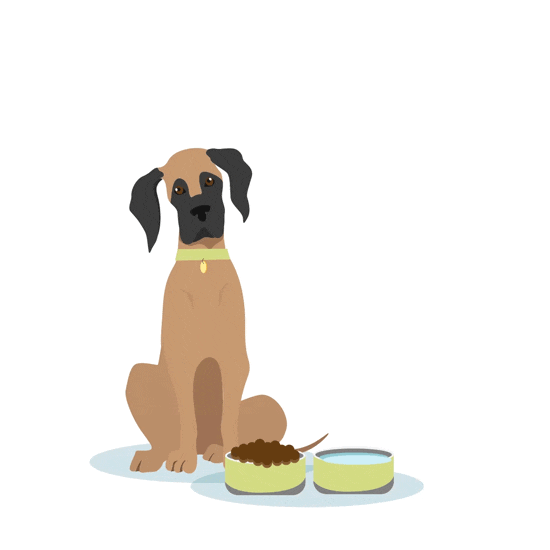
Some preventative measures can be taken to reduce the risk of bloat for your dog, particularly if your pet is a breed at higher risk for the disease. Some strategies include:4
- Feed two to three smaller meals throughout the day rather than one large meal.
- Unless you've been advised by your veterinarian to use a raised food bowl for medical conditions like joint or mobility issues, keep food bowls on the ground.
- Do not allow your dog to drink excessive amounts of water at one time.
- Avoid strenuous exercise right after meals.
- Maintain a healthy weight and regular exercise.
Some insurance plans may cover preventative gastropexy if your dog is a breed with a higher risk for bloat. This can often be performed during your pet's neuter or spay procedure.5 While none of these measures can guarantee your pet will not experience any incidences of bloat, they may help to lessen the risks of developing the condition and the severity of its symptoms.
The best way to protect your pet is to be prepared by knowing how to recognize the signs of bloat/GDV and what to do. Talk to your veterinarian about any concerns you have, and know where your nearest 24-hour emergency vet clinic is located.
CareCredit Credit Card Financing for Dogs
Taking good care of your pet's well-being from nose to tail is essential. Make sure to stay up to date on their regular checkups at the vet to help keep your pet happy and healthy for a lifetime of love. You can use your CareCredit credit card for pet care throughout the year for routine veterinary services as well as emergencies and surgeries.* Use our Acceptance Locator to find a veterinarian near you that accepts CareCredit.
CareCredit is there for you and your pet every step of the way; continue your wellness journey by downloading the CareCredit Mobile App to manage your account, find a provider on the go and easily access the Well U blog for more great articles, podcasts and videos.
In addition to pet care, you can also use your CareCredit credit card for dentistry, cosmetic, vision, hearing, health systems, dermatology, pharmacy purchases, spa treatments and so much more within the CareCredit network. How will you invest in your health and wellness next?
Author Bio
Anne-Marie Kennedy is a freelance writer with more than 20 years of experience covering health and wellness, personal finance, and real estate/investing.





